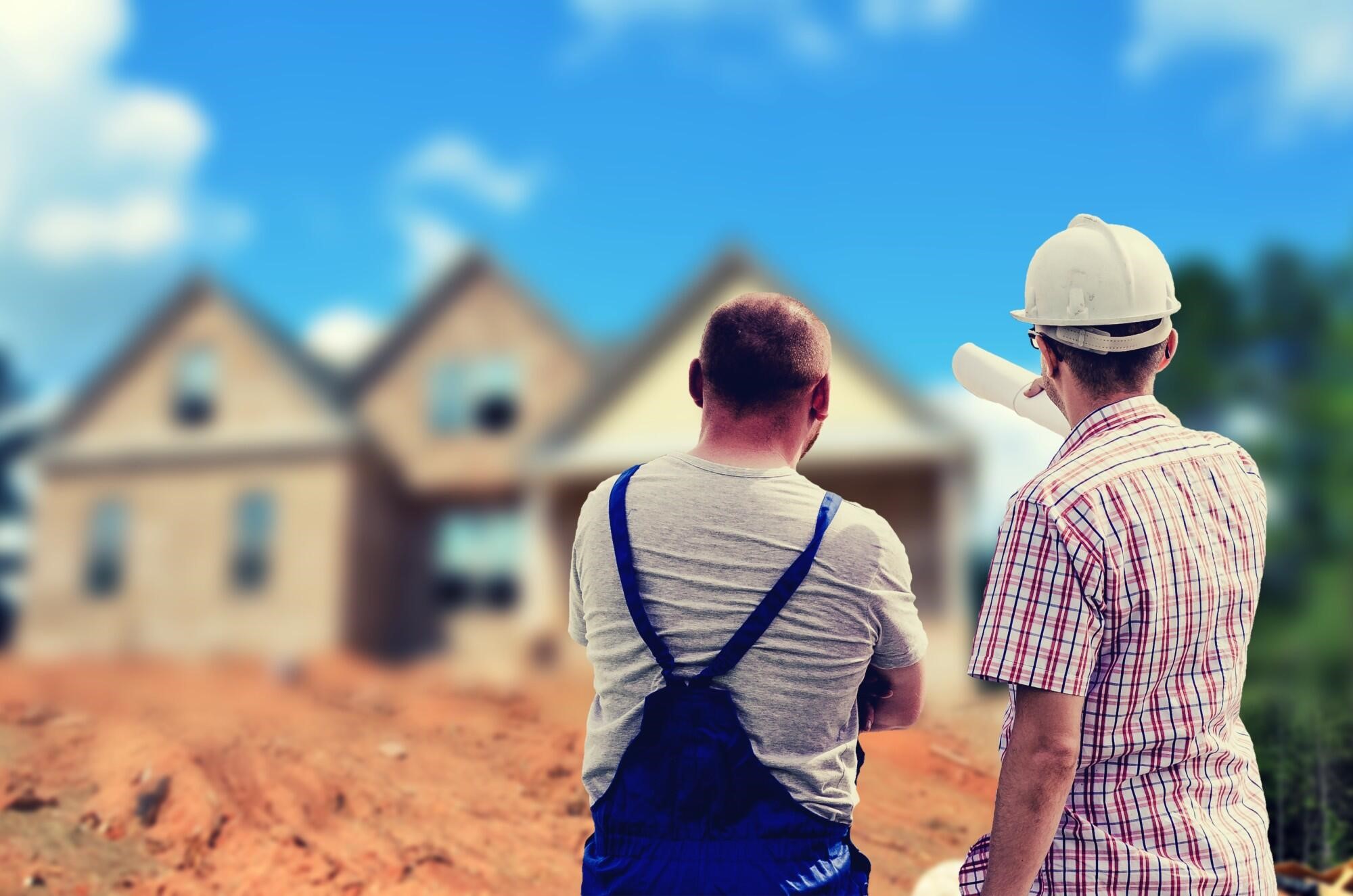Common Issues Found During Foundation Inspections and How to Address Them
The foundation of any building is, quite literally, its base. It provides the structure with the support it needs to withstand the test of time, environmental stresses, and the weight of the building itself. Considering the foundational stability of a building is crucial, whether you’re a prospective homeowner, a property investor, or a developer.
Foundation inspections serve multiple purposes. It can give a property owner peace of mind, a seller an edge in the market, and a buyer a clear picture of what they’re getting into. In many cases, the results of these inspections can inform negotiations on the property’s sale terms.
However, foundation issues are surprisingly common, and they come in various forms. But the good news is, that most issues can be addressed if you know what you’re looking for and how to respond. Read on.
The Importance of Foundation Health
A strong, stable foundation is paramount to the overall integrity of a building. Commonly made of concrete, it’s the element on which the entire structure rests. Even small faults in the foundation can lead to significant problems over time, such as wall or floor cracks, doors or windows that don’t close properly, or even full foundation failure.
Many factors can contribute to the degradation of a foundation, including the soil composition, the construction materials, and even environmental conditions, like seismic activity in some areas. Regular inspections can detect problems early and allow for corrective measures to be taken before they develop into irreversible issues.
Signs of Foundation Problems
Detecting foundation issues early is the best way to ensure that corrective action is feasible. Some of the key signs that there might be problems include:
Visible Cracks
Cracks in the foundation are often the most visible sign that something isn’t quite right. Vertical cracks are usually less concerning than horizontal ones, which could indicate more severe issues.
Sagging or Uneven Floors
An uneven floor could mean that the foundation itself is settling or shifting. This causes the structure to lose its initial balance.
Sticking Doors or Windows
If your doors and windows start to stick when you open or close them, it’s often a sign that the frame has been slightly misaligned. This can be a symptom of a compromised foundation.
Water Damage
Water pooling around the foundation, especially if it becomes a regular occurrence, can cause erosion and lead to the development of cracks. Water damage can lead to serious structural issues.
Exterior Cracks
Inspect the exterior of the building for any large, noticeable cracks that could suggest significant movement in the foundation. This could mean poor soil conditions.
Common Foundation Issues and Solutions
Setting a foundation is crucial for the structural integrity of a building which is why knowing the common issues and how to address them helps in securing it. Here are some of those common issues and solutions.
Settlement and Sinkage
When the soil beneath the foundation isn’t properly compacted or is subject to erosion, the foundation can sink or settle, leading to structural instability. One way to address this is through a process called piercing, which involves adding supportive piers underneath the foundation to prevent further foundation sinking and to provide much-needed support.
Wall Cracks
Cracks in foundation walls can be a sign of differential settlement, structural movement, or hydrostatic pressure from water build-up against the foundation. Depending on the severity, wall cracks can sometimes be filled with epoxy or polyurethane injections. Severe cases may require more substantial repair, like wall stabilization with carbon fiber strips or wall rebuilding.
Crawl Space or Basement Water Seepage
When water regularly seeps into these areas, it can lead to mold, mildew, and further degradation of the foundation. Proper drainage, including the installation of a sump pump or waterproofing membranes, can help to alleviate this issue. External grading may also be adjusted to ensure water flows away from the foundation.
Foundation Erosion
Prolonged water exposure can erode the foundation, compromising its integrity over time. Managing water flow around the foundation is key here. Gutters and downspouts should be in good working order, and landscaping should slope away from the building.
Slab Cracks
Slab cracks are often the result of shifting beneath the concrete, typically from soil movement or settling. For minor cracks, filling them with a concrete patch can be sufficient. Larger, more concerning cracks may require professional assessment and repair.
Inadequate Drainage
Poor drainage systems can result in standing water, which can weaken the foundation over time. Ensure that your property has adequate grading, and consider installing French drains or other underground systems to manage water effectively.
Preparing for a Foundation Inspection
Before scheduling a formal inspection, there are steps both a buyer and a seller can take to prepare.
Gather Documentation
If you have the original documents from the home’s construction, such as blueprints, they can provide insight into the materials used and the initial state of the build.
Address Any Obvious Issues
If you know of any clear problems, such as visible cracks, moisture in the basement, or uneven floors, address these early. It can save time and help the inspector focus on more challenging-to-detect issues.
Be Present
When the inspection is being carried out, it’s helpful for the homeowner or seller to be present. They can point out any concerns they’ve noticed and answer questions from the inspector.
The Role of Professionals
In most cases, addressing foundation issues is not a DIY job. The expertise of a professional foundation repair specialist is crucial.
Not only does this professional provide a better repair but also they conduct a much more thorough inspection, even in commercial inspection. Here are the steps to finding the right one:
Research
Start by researching local professionals. Read reviews, check qualifications, and ensure they have the proper licensing and insurance.
Estimates
It’s a good idea to get multiple estimates. While cost is a factor, it should not be the only one. Consider the solutions proposed and the reputation of the company as well.
Warranties
Ask about warranties on the work. Reputable firms will guarantee their work for a period, which can provide further peace of mind.
Get Foundation Inspections Regularly
Foundation inspections and repairs might seem like a hurdle, but they are an essential part of maintaining the health of your property, ensuring its value, and, most importantly, keeping you and your loved ones safe. With awareness and the right approach, no foundation issue has to be a deal breaker. It’s all a matter of timely detection and professional response.
If you want to read more articles, visit our blog.




